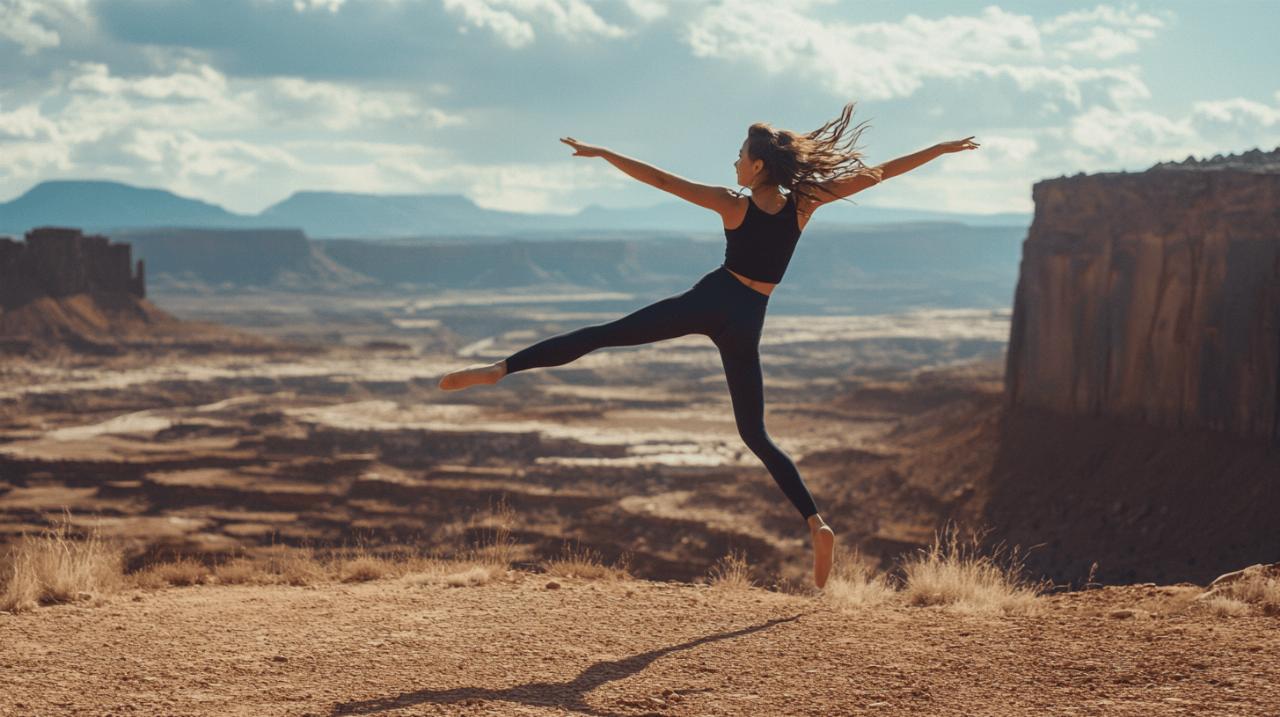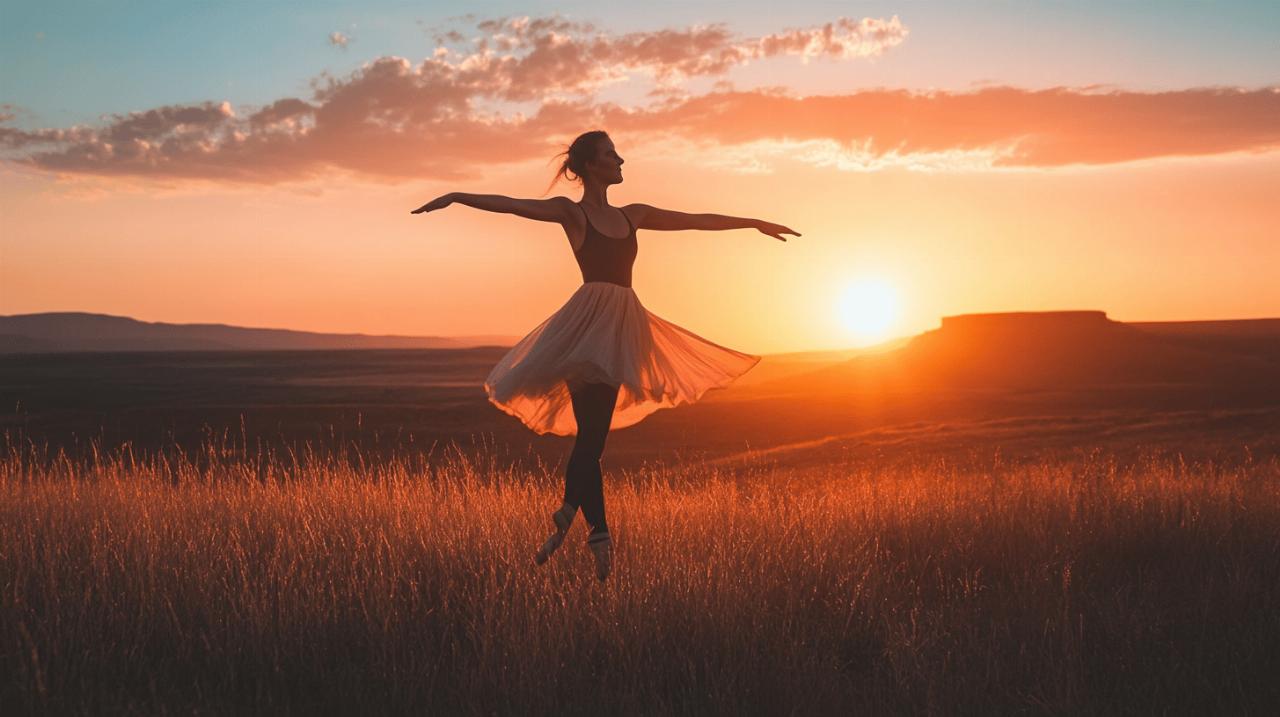Exploring the World with Dance: Spontaneous Travel Tips for Dancers
For those who have a passion for rhythm and movement, travel offers a unique opportunity to expand one’s dance horizons while exploring new cultures. The intersection of Dance and Travel creates a rich tapestry of experiences that can enhance both your artistic development and personal growth. Whether you’re a professional dancer seeking international opportunities or an enthusiastic amateur looking to incorporate dance into your adventures, spontaneous travel can open doors to unexpected dance experiences around the world.
Packing essentials for dance-focused travels
When preparing for a journey that combines dance and exploration, strategic packing becomes crucial. Unlike tourist-only travels, dancers must consider both their performance needs and practical travel requirements. According to dance tourism experts at Dance and Travel, the key is finding balance between having necessary dance equipment and maintaining mobility. Their recent coverage of last-minute travel deals via Jetcost shows that spontaneous trips are increasingly popular among the dance community, making efficient packing even more important.
Versatile dance gear for limited luggage space
Selecting multipurpose dance items is essential when working with airline baggage restrictions. Consider convertible dance wear that serves multiple styles, especially if you plan to experience various dance forms during your travels. Many touring dancers recommend investing in lightweight, quick-drying fabrics that can be easily washed in hotel sinks and dry overnight. Dance shoes often present the biggest challenge due to their weight and bulk. Prioritize shoes for your primary dance style, and research whether studios at your destination might loan or rent specialty footwear for workshops or classes.
Health and Recovery Items for Dancing Abroad
Maintaining physical wellbeing becomes even more critical when dancing in unfamiliar environments. Professional dancers who performed with StepAfrika! emphasize the importance of carrying a personal health kit that includes muscle recovery tools like massage balls or collapsible foam rollers. Hydration is paramount according to touring professionals from productions like ‘Bullets Over Broadway,’ who recommend consuming 2.5-3 liters of water daily while traveling. European dancers particularly note the value of bringing familiar supplements or specialized nutrition products that might not be readily available in all destinations. Dancers performing with companies like Staatstheater Augsburg have developed travel wellness routines that incorporate both preventative care and quick recovery techniques.

Finding dance opportunities on your travels
Discovering authentic dance experiences abroad requires both advance planning and spontaneous exploration. The romance of dance tourism, highlighted in Danceandtravel’s recent feature on MSC Mediterranean cruises for couples, often lies in the unexpected encounters with local dance traditions. Many dancers who have pursued international careers suggest developing a flexible itinerary that allows for both scheduled dance activities and impromptu discoveries. Financial considerations play a significant role in extending your dance travels, with experts suggesting simple money-saving strategies like foregoing daily expensive coffees to save between £150-£300 monthly for travel funds.
Researching local dance studios and classes before departure
Preparation before your journey can significantly enhance your dance travel experience. Dancers who have successfully navigated international opportunities recommend utilizing websites like au-di-tions.com, tanznetz.de, and social media accounts like @danceauditionss to identify potential classes and workshops. Emily Wohl, who transitioned from dancing in New Jersey to performing with Staatstheater am Gärtnerplatz in Munich, suggests contacting studios directly to inquire about drop-in options for visitors. Many traditional dance forms may not be advertised in English, so learning basic dance-related vocabulary in the local language can open doors to authentic cultural experiences. Dancers who have studied global perspectives on dance emphasize that smaller, community-based studios often provide more culturally immersive experiences than tourist-oriented dance shows.
Connecting with dance communities through social media
The digital landscape has transformed how dancers connect internationally. Dance communities across platforms like Instagram and Facebook have become invaluable resources for travelers seeking authentic dance experiences. Organizations like Dancers Connect in Germany exemplify how digital networking can translate into real-world opportunities. Dancers who have experienced traditional forms like legong in Bali or flamenco in Andalusia often found these opportunities through social connections rather than commercial tourism channels. The pandemic has accelerated this trend, with many dancers now utilizing virtual introductions before arriving in a new location. Creative collaborations through dance organizations frequently begin with digital connections and culminate in physical meetings during travel. This approach allows dancers to arrive in a new city with established contacts and insider knowledge of the local dance scene.


